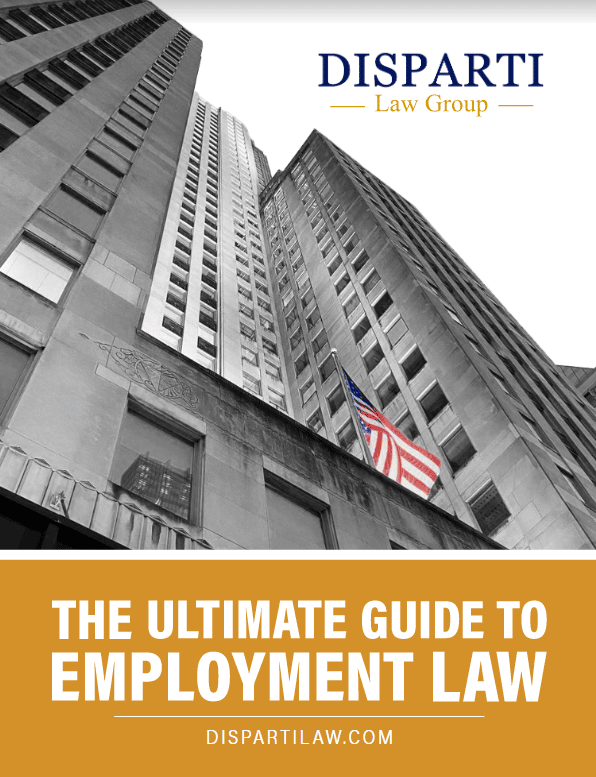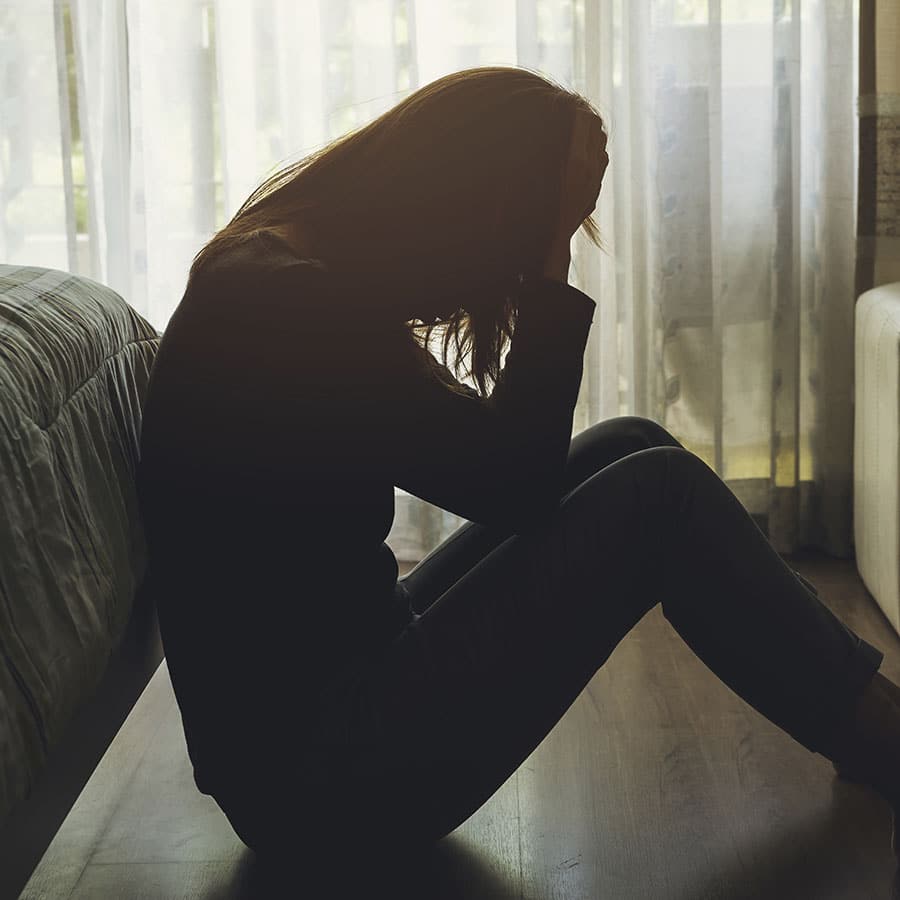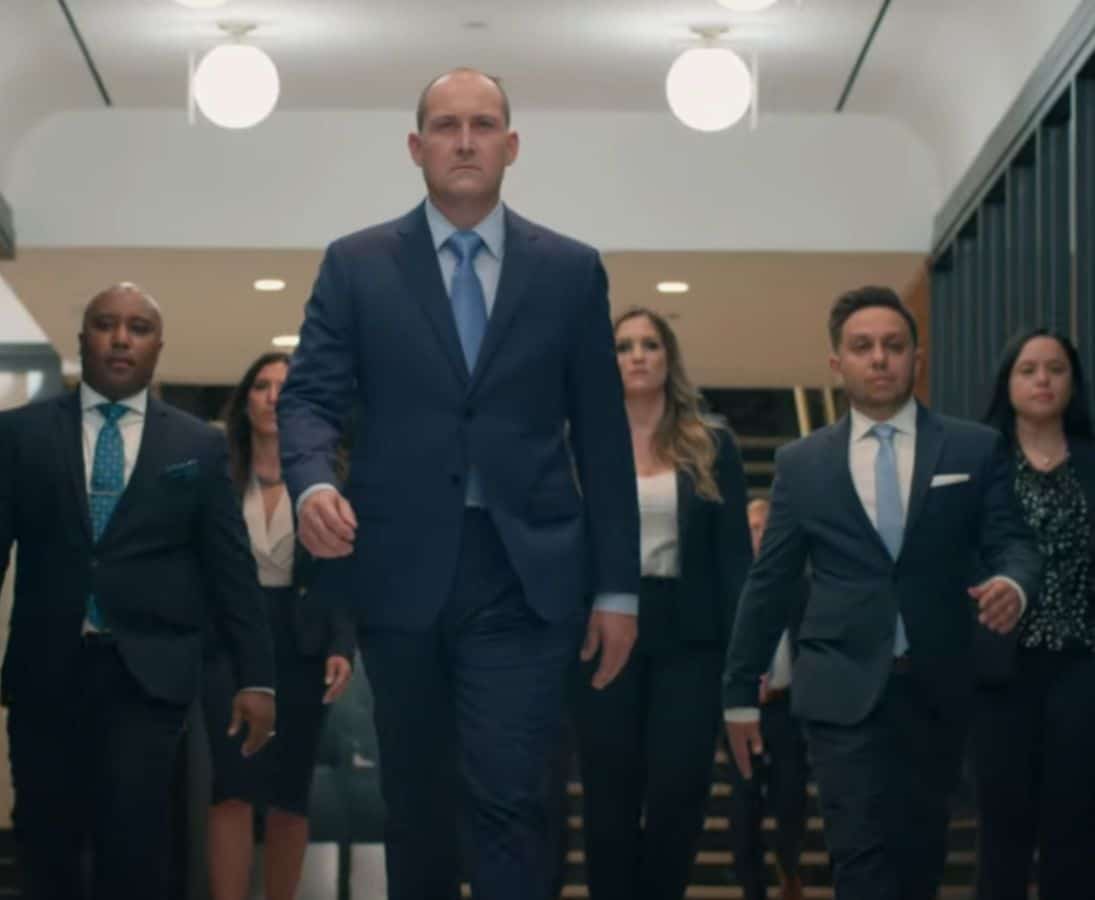Spinal cord injuries are among the most devastating a person can suffer. The spinal cord connects the brain to nerves in the rest of the body. The vertebrae of the spinal column protect this vital link in the body’s central nervous system from injury.
A spinal cord injury may result from trauma to the vertebrae, ligaments or disks in the spinal column or to the spinal cord itself. Such injuries can lead to loss of function or paralysis in one or more limbs or in larger portions of the body. Even less severe injuries can lead to chronic pain and a significantly reduced quality of life.
The National Spinal Cord Injury Statistical Center (NSCISC) says there are approximately 12,000 new spinal cord injury cases each year in which the victim survives. Approximately 270,000 people in the U.S. were living with a spinal cord injury in 2012. The Christopher & Dana Reeve Foundation says there are approximately 6 million people living with paralysis.
More than half (57.1 percent) of spinal cord injury victims were employed at the time of their injury. But one year after their injury, only 11.7 percent were employed, the NSCISC says. Twenty years after a spinal cord injury, only 35.2 percent of injury victims were employed, and a similar level of employment was reported by victims 35 years after their spinal cord injury, the NSCISC says. If you don’t hire a Tampa personal injury lawyer, you may be left with medical bills, and an inability to work. We can guide you and defend you throughout the legal process in order to make sure you are getting the compensation you may be entitled to.
Typical Spinal Cord Injuries
The Florida Spinal Cord Injury Resource Center (FSCIRC) describes the spinal cord as being like a telephone line, relaying messages from the brain to the rest of the body.
“After an injury, the messages sent between the brain and the other parts of the body no longer flow through the damaged area,” the FSCIRC says. “Many times the functions of the body which are located above the injury point will continue to work properly without impairment. However, the area below the injury point will be impaired to some degree.”
Impairment after a spinal cord injury may include any combination of the following:
- Motor (movement) ability loss
- Sensory (feeling) ability loss
- Breathing difficulty
- Bowel and bladder dysfunction
- Inability to regulate blood pressure effectively
- Sexual dysfunction.
The Mayo Clinic and American Academy of Orthopaedic Surgeons (AAOS) describe typical injuries resulting from trauma to the spinal column as:
- Herniated disk, also known as “slipped disk” or “ruptured disk.” Damage to the cushioning disks between vertebrae can cause the disks to bulge and irritate nerves that are nearby, including the spinal cord. This causes pain, numbness or weakness in limbs.
- Spinal cord compression, also known as “cervical spondylotic myelopathy” or “CSM.”
- Narrowing of the spinal canal to the point that it squeezes the spinal cord causes pain, numbness and weakness, and in most cases, it slowly grows worse. In about 5 to 20 percent of victims, CSM worsens more rapidly, the AAOS says.
- Paralysis, or the inability to move parts of the body. When a spinal cord injury causes paralysis, it may be referred to as paraplegia (all or part of the trunk, legs and pelvic organs are paralyzed) or tetraplegia or quadriplegia (arms, hands, trunk, legs and pelvic organs are all affected).
Common Causes of Spinal Cord Injury
According to the Mayo Clinic, the most common causes of spinal cord injury in the U.S. are:
- Motor vehicle accidents – Car and motorcycle accidents account for more than 40 percent of new spinal cord injuries every year.
- Falls – More than 25 percent of spinal cord injuries happen in falls. The U.S. Centers for Disease Control and Prevention (CDC) says that falls are the leading cause of deaths resulting from injuries suffered in accidents among elderly people.
- Violence – Up to 15 percent of spinal cord injuries occur because of violence, such as gunshot and knife wounds.
- Sports – About 8 percent of spinal cord injuries are attributed to impact sports (football, basketball, hockey) or diving into shallow water.
- Disease – Cancer, arthritis and osteoporosis can also cause spinal cord injuries.
Spinal cord injuries result in expensive medical treatment and can lead to long and difficult recoveries. People with moderate spinal cord injuries require medication and therapy to recover. Those with more severe injuries may require personal assistive devices, modifications to their homes and in-home care in addition to ongoing medication and therapy. Spinal cord injury victims suffer additional expenses from loss of work or the inability to return to work in many cases.
Legal Help after Spinal Cord Injury
Among our legal duties to our fellow citizens is to not inflict harm upon one another. When another person or company harms you or damages something that belongs to you intentionally or as a result of their negligence, they may be held liable for under Florida’s personal injury laws.
Contact a Tampa Spinal Cord Injury Lawyer Today for Help
Call Disparti Law Group Accident & Injury Lawyers, P.A., toll free at 866-678-1184 or complete an online questionnaire for a free, no-obligation initial consultation.

















